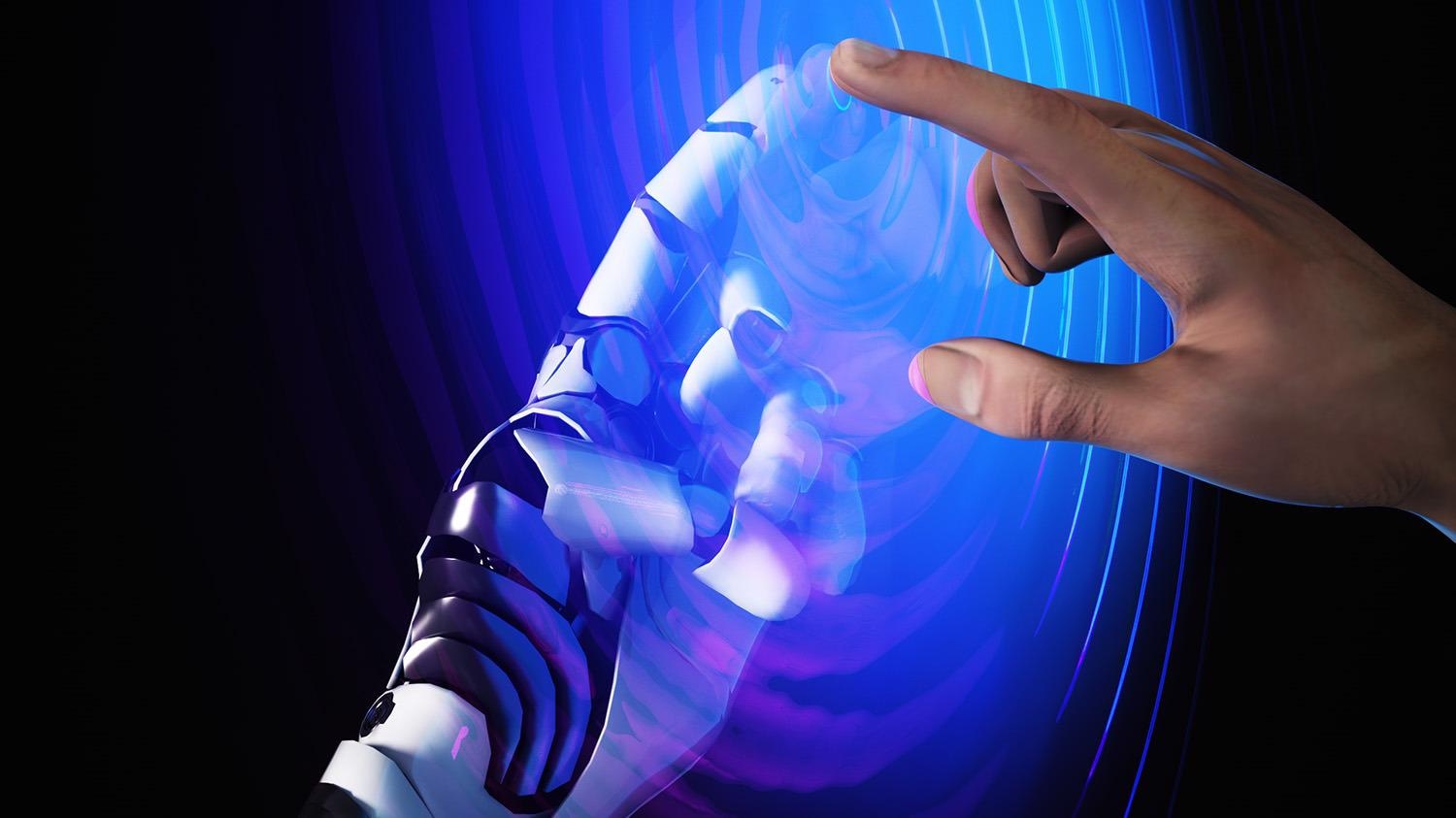Apr 30 2021
Despite the massive use of robotic devices right from assembly lines to medicine, engineers have a tough time accounting for the friction arising when those robots hold on to objects—especially in wet conditions.

Image Credit: North Carolina State University
Scientists have found out a new law of physics responsible for this kind of friction, which must help the discovery of an extensive range of robotic technologies.
Our work here opens the door to creating more reliable and functional haptic and robotic devices in applications such as telesurgery and manufacturing.
Lilian Hsiao, Study Corresponding Author and Assistant Professor of Chemical and Biomolecular Engineering, North Carolina State University
A problem in this technology is something known as elastohydrodynamic lubrication (EHL) friction, which is the friction arising when two solid surfaces contact a thin layer of fluid between them.
This includes the friction that arises when one tends to rub their fingertips, with the fluid being the thin layer of naturally occurring oil on their skin. However, it could also be applicable to a robotic claw lifting an object coated with oil, or to a surgical device being operated within the human body.
One reason for friction to be crucial is that it helps people to hold things without making them fall.
Understanding friction is intuitive for humans—even when we’re handling soapy dishes. But it is extremely difficult to account for EHL friction when developing materials that controls grasping capabilities in robots.
Lilian Hsiao, Study Corresponding Author and Assistant Professor of Chemical and Biomolecular Engineering, North Carolina State University
To design materials that help regulate EHL friction, engineers would require a framework that can be used alike to an extensive range of materials, patterns, and dynamic operating conditions. That is precisely what the team has identified.
“This law can be used to account for EHL friction, and can be applied to many different soft systems—as long as the surfaces of the objects are patterned,” stated Hsiao.
Within this framework, surface patterns can vary from the slightly elevated surfaces on the tips of the fingers to grooves on a robotic tool’s surface.
The latest physical principle, developed collaboratively by Hsiao and her graduate student Yunhu Peng, utilizes four equations to consider all the physical forces involved in comprehending EHL friction.
In the study, the researchers have illustrated the law in three systems: a bio-inspired robotic fingertip, human fingers, and a tool known as a tribo-rheometer, which helps quantify frictional forces. Peng is the study’s first author.
These results are very useful in robotic hands that have more nuanced controls for reliably handling manufacturing processes. And it has obvious applications in the realm of telesurgery, in which surgeons remotely control robotic devices to perform surgical procedures. We view this as a fundamental advancement for understanding touch and for controlling touch in synthetic systems.
Lilian Hsiao, Study Corresponding Author and Assistant Professor of Chemical and Biomolecular Engineering, North Carolina State University
The study was co-authored by Christopher Serfass, a PhD student at NC State; Catherine Hill, an undergraduate student at NC State; Anzu Kawazoe, Yitian Shao, and Yon Visell from the University of California-Santa Barbara; and Kenneth Gutierrez and Veronica J. Santos from the University of California-Los Angeles.
The study was financially supported by the AAAS Marion Milligan Mason Award and from the National Science Foundation, under grant number CBET-2042635.
Journal Reference:
Peng, Y., et al. (2021) Elastohydrodynamic friction of robotic and human fingers on soft micropatterned substrates. Nature Materials. doi.org/10.1038/s41563-021-00990-9.